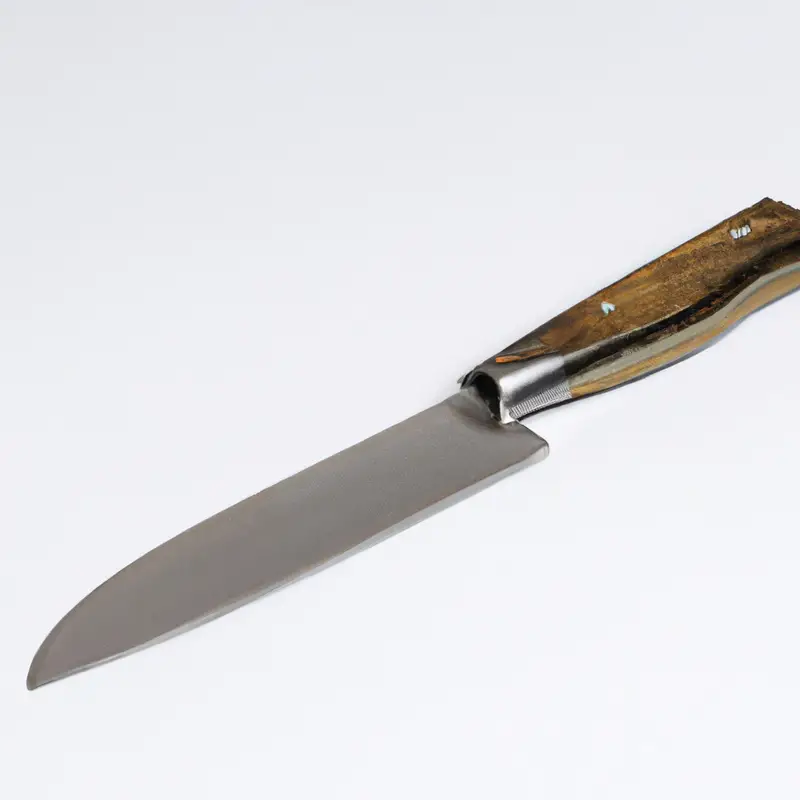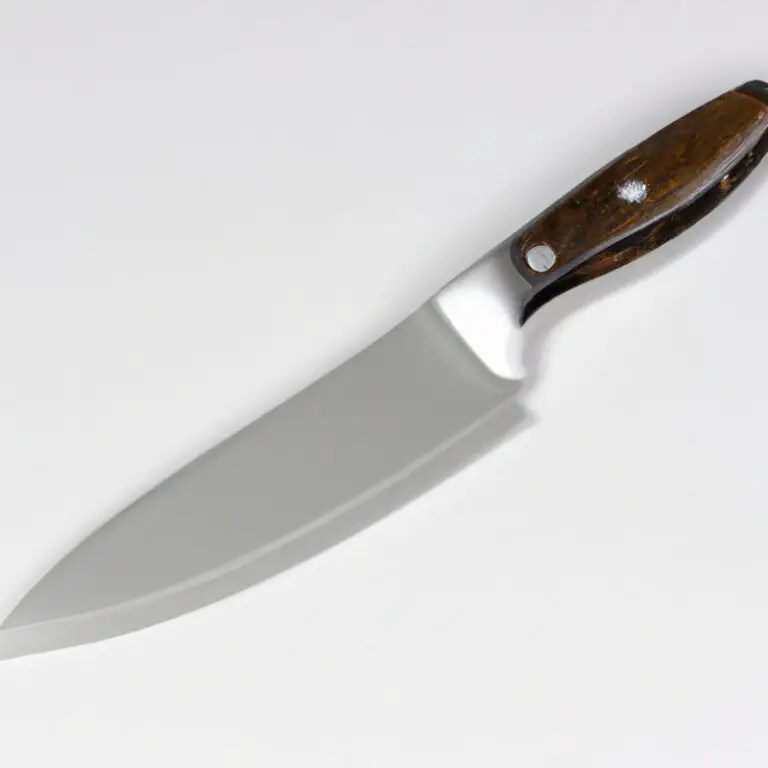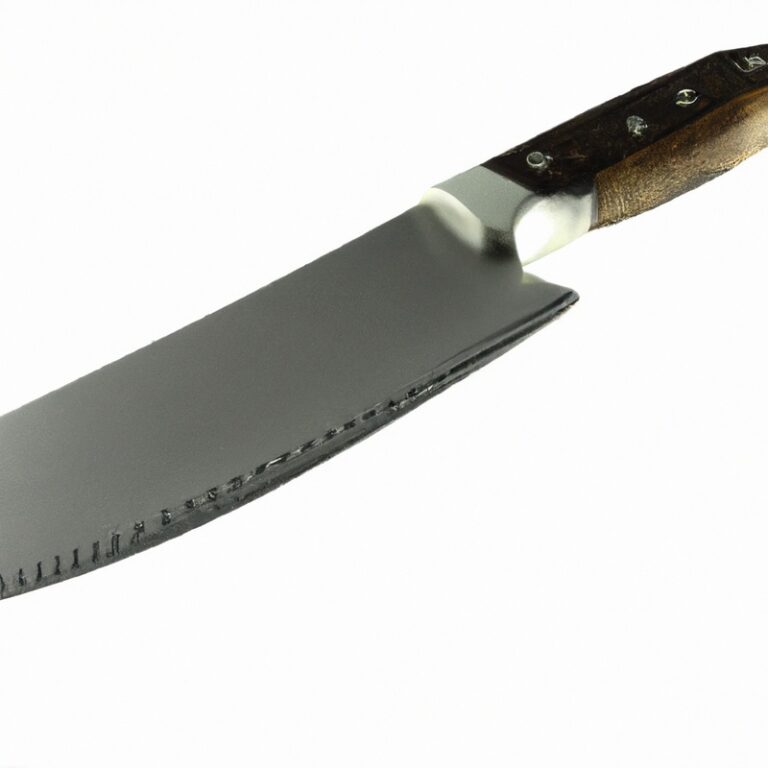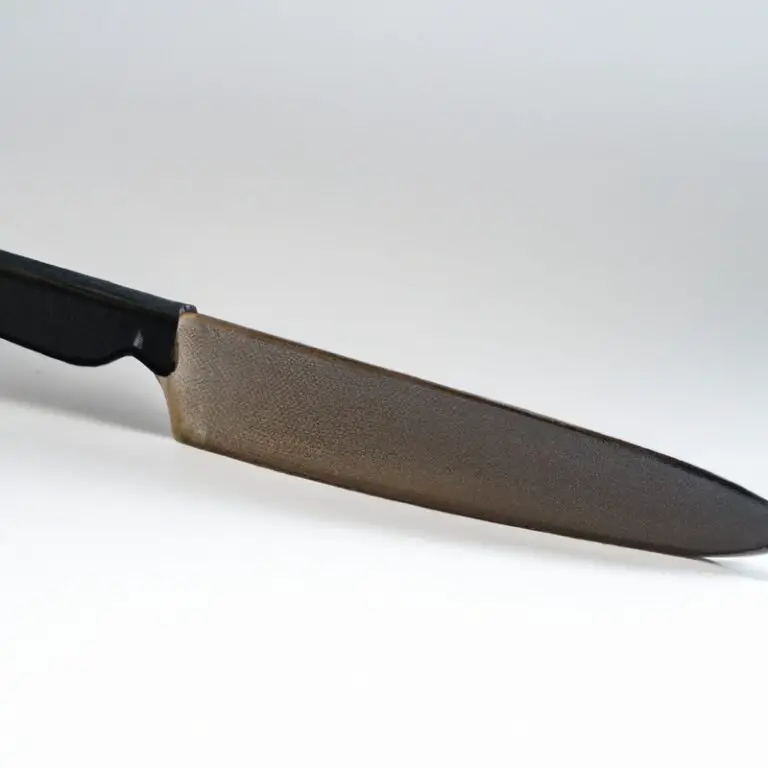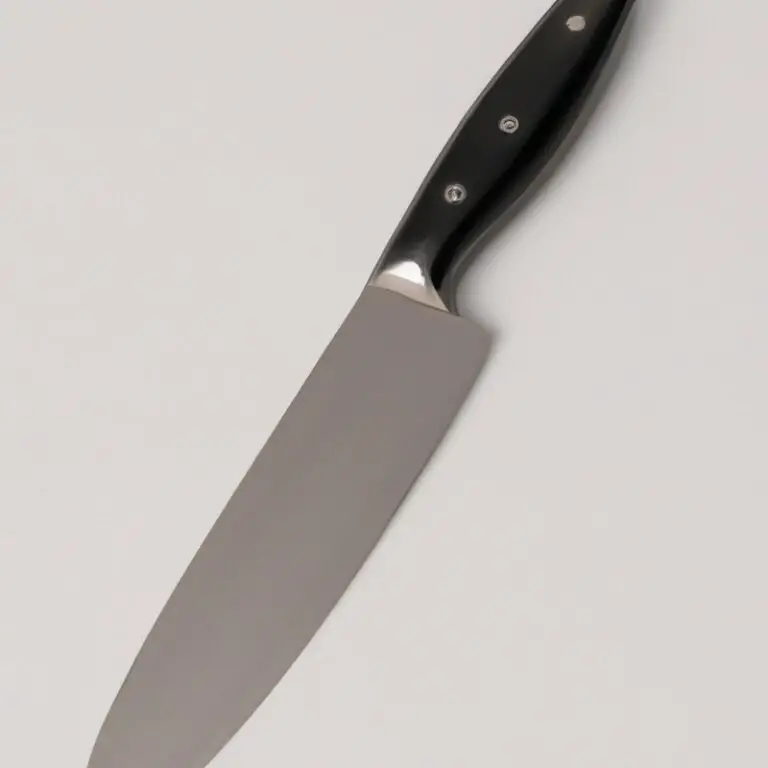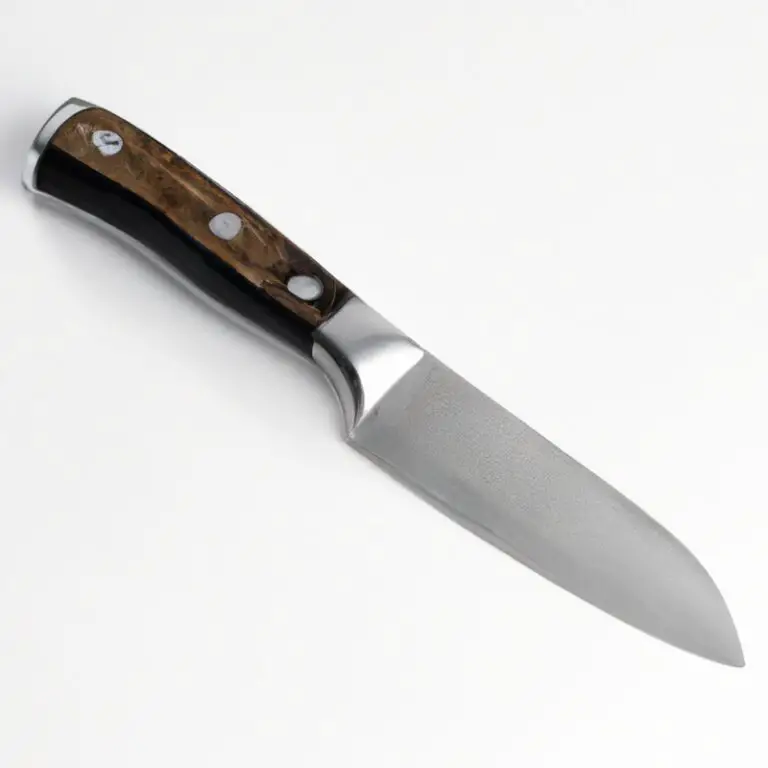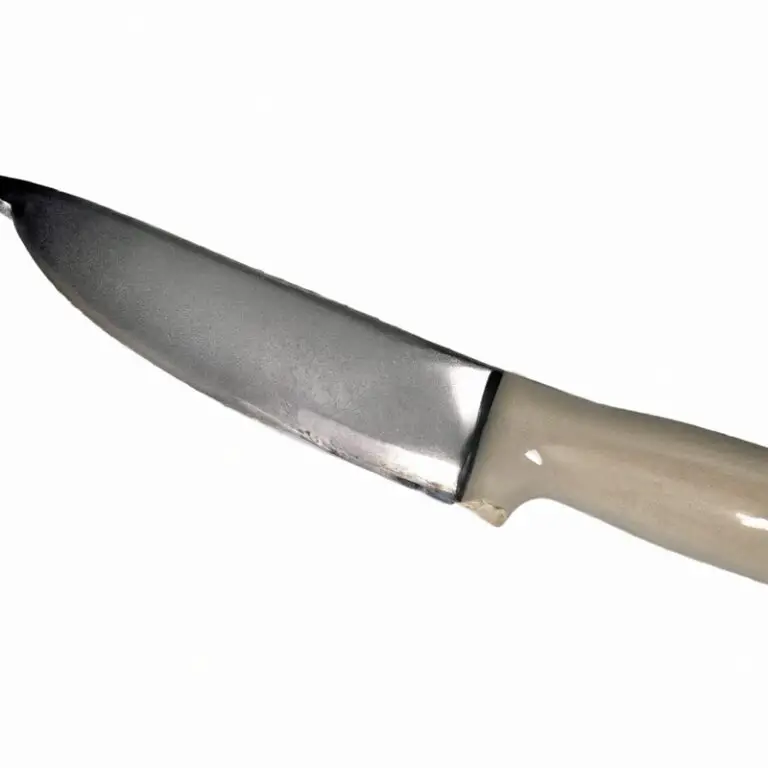How To Fillet a Redear Using a Fillet Knife For Beginners?
Key Takeaways:
- The right fillet knife is crucial for successfully filleting a redear fish.
- A steady hand and sharp eye are essential for making precise cuts while filleting a redear.
- Proper cleaning and maintenance of the fillet knife is important to ensure hygiene and longevity of the tool.
- Filleting a redear may take practice, but with patience and skill, it can be a rewarding process for any seasoned angler.
Are you looking for a fresh catch for your next meal? Redear sunfish is a popular choice among anglers, and filleting it with a fillet knife is a great way to prepare it for cooking.
As an experienced fisherman and outdoor enthusiast, I can guide you through the steps to fillet a redear like a pro.
From selecting the right fillet knife to storing your fillets, I will cover everything you need to know to make the most of your fishing experience. So, let’s get started and learn how to fillet a redear using a fillet knife!
| Step | Description |
|---|---|
| 1 | Place the redear on a cutting board and use a sharp fillet knife to make an incision just behind the gills, cutting down to the spine. |
| 2 | Use the fillet knife to make a cut along the top of the fish from the initial incision to the tail, following the spine and removing the fillet. |
| 3 | Repeat the previous step on the other side of the fish to remove the second fillet. |
| 4 | Remove the ribcage from each fillet by running the fillet knife along the rib bones in a curved motion. |
| 5 | Trim any remaining bones or undesirable pieces from the fillets as necessary. |
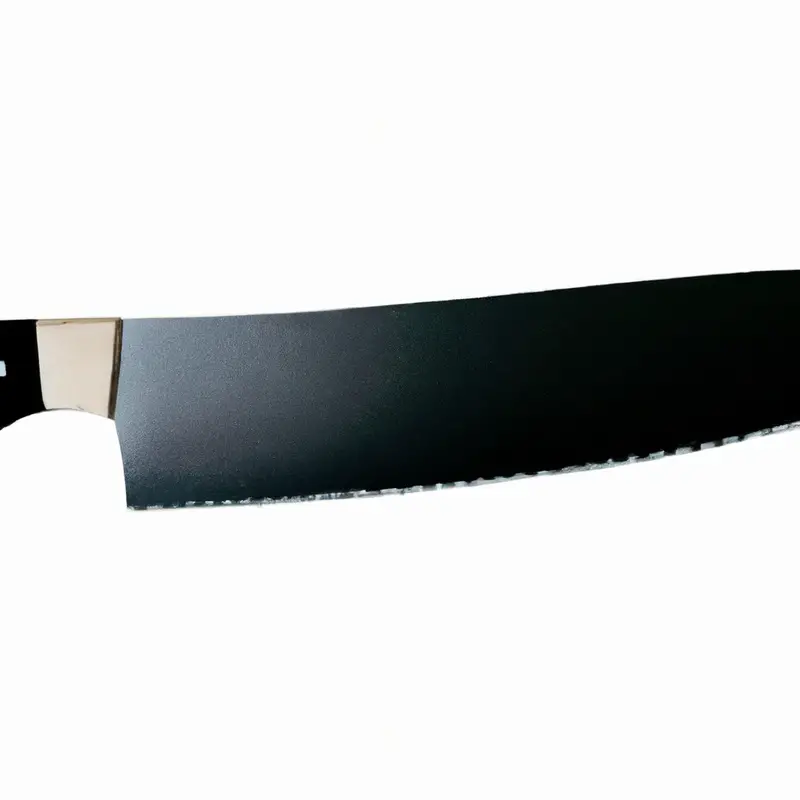
Choose the right fillet knife for the job
Choosing the right fillet knife is essential for successful filleting. When selecting a fillet knife, consider its blade length, flexibility, and sharpness.
A blade length between 6 to 9 inches is suitable for freshwater fish, while a longer blade is recommended for larger saltwater fish.
The blade should be flexible enough to bend and adapt to the contours of the fish, allowing for precise cuts along the bone and skin. A dull blade can cause accidents, so ensure your fillet knife is sharpened before use.
Opt for stainless steel blades as they are rust-resistant and stay sharp longer.
A good fillet knife will make the process of filleting easier, quicker and safer. Invest in a fillet knife that meets your needs and budget.
Prepare the redear for filleting
Before you start filleting a redear with your fillet knife, you need to prepare the fish properly. Begin by scaling the fish and washing it thoroughly with clean water.
Next, using a sharp pair of scissors, trim any fins that might get in your way while filleting.
Then, position the fish on a flat surface, preferably a cutting board, with its belly facing towards you. You may use a cloth or towel to prevent it from slipping.
With a sharp fillet knife, make a shallow incision just behind the gills, running towards the backbone.
Cut down the backbone to remove the head. Lastly, cut a deep incision from the base of the head to the tail, slicing through the fish’s bones.
Cut the fillet away from the rib bones on one side, carefully slicing along the spine.
Repeat on the other side. With this, you are ready to fillet your redear with a fillet knife.
Secure the fish on a flat surface
Securing the fish on a flat surface is crucial to ensure stability while filleting. Lay the fish on a non-slippery surface with the belly facing down.
A cutting board with a vice or clamp works great.
If you don’t have one, use a towel to hold the fish in place and prevent it from slipping. Gently press down on the fish’s tail to keep it steady while you work towards the head.
Building a regular practice of secure placement of the fish would reduce the chances of injury from a dull knife.
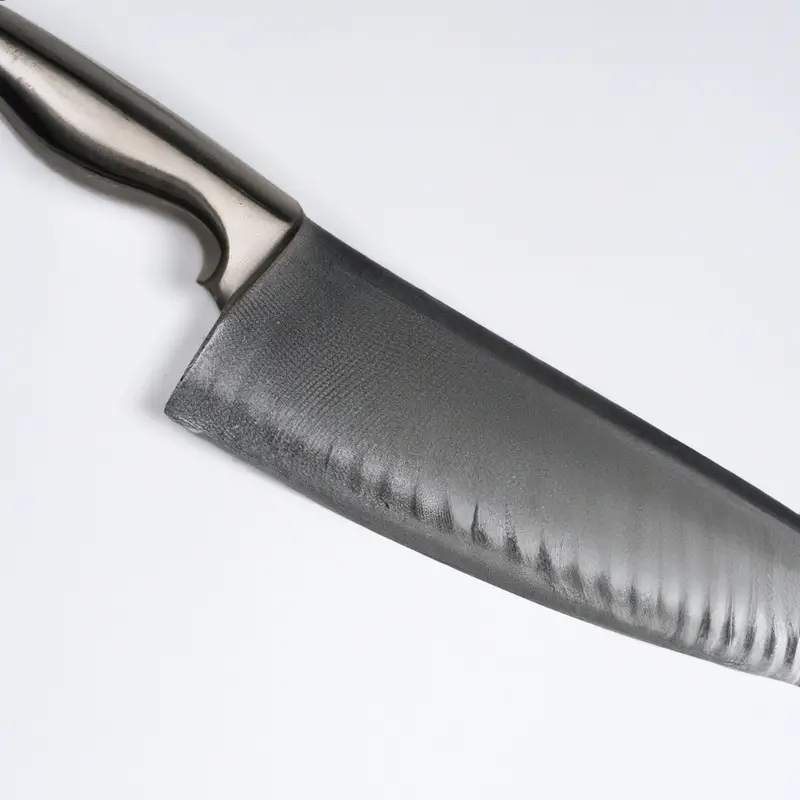
Make the first cut to remove the head
To begin filleting a redear using a fillet knife, the first step is to make the first cut to remove the head. To do this, securely hold the fish down on a flat surface using your non-dominant hand.
With your dominant hand holding the fillet knife, make a cut just behind the gills and continue to cut through the spine until the head is completely removed.
It’s important to make this cut carefully to ensure that you don’t waste any meat from the fish. Once the head is removed, you can proceed to fillet the fish by cutting along the spine to remove the fillet.
Cut along the spine to remove the fillet
To remove the fillet from the redear, use your fillet knife to cut along the spine. Start by inserting the tip of your knife into the fish at the base of the head and make a shallow incision all the way down to the tail.
Then, angle your knife to follow along the spine and cut through the meat, taking care not to damage the bones.
As you continue to cut, use your other hand to gently pull the fillet away from the bones to help guide your knife. Repeat this process on the other side of the fish to remove the second fillet.
Once you have both fillets removed, you can move on to removing the skin and cutting them into portions.
Remember to always exercise caution when using sharp knives.
Repeat on the other side of the fish
After successfully filleting the first side of the fish, it’s time to repeat the process on the other side of the fish. Flip the fish over, and start by making the first cut behind the gills towards the backbone.
Use the backbone as a guide to cut along until you reach the tail.
Make sure to remove all the flesh from the bones by carefully maneuvering your fillet knife along the rib bones. Repeat the same process on the other side to get the second fillet.
Once you have both fillets, remove the skin by gently sliding the knife between the skin and flesh at the tail end and lift the skin away from the fillet.
Now that you have two perfectly filleted sides of the fish, you can cut them into the desired portions for cooking or further processing.
Remove the skin from the fillet
Removing the skin from the fillet is an essential step in filleting a redear fish. After removing the fillet from the fish’s bones, place it skin-side down on a flat surface.
Hold the tail of the fillet with one hand and the skin with another hand, then make a small cut at the corner of the skin and flesh.
Angle the blade towards the skin, keeping it flat against the skin. Use a back and forth motion to guide the knife along the fillet and remove the skin.
Repeat on the other side of the fillet.
Once all the skin has been removed, examine the fillet for any remaining bones or pieces of skin. Use tweezers or a fillet knife to remove them.
Congratulations, your fillet is now ready to be portioned and used in your favorite recipe!
Cut the fillet into desired portions
To cut the fillet into desired portions, start by placing the fillet skin-side down on a cutting board. Use a sharp fillet knife to cut the fillet into the desired size portions.
It’s important to make clean cuts, so take your time and use a smooth, even motion.
Some people prefer to cut their fillets into small pieces for frying or grilling, while others like larger portions for baking or roasting. Whatever your preference, make sure that each portion is uniform in size and thickness, so they cook evenly.
If you’re not sure how to cut the fillet into portions, you can always use a ruler or measuring tape to ensure each piece is the same size.
Alternatively, you can cut the fillet into long, thin strips for use in stir-fries or salads. Once you’ve cut the fillet into portions, you can store them in the refrigerator or freezer.
Use freezer bags or airtight containers to keep the fillets fresh for later use.
Label each portion with the date and type of fish, so you can keep track of what you have in the freezer. Overall, cutting the fillet into desired portions is easy and straightforward.
Just be sure to use a sharp fillet knife and take your time to make clean, even cuts.
With a little practice, you’ll be a pro at filleting fish in no time!
Store the fillets properly for later use
Storing fillets properly is essential to ensure their taste, texture, and freshness remain intact. To start, wrap the fillets tightly in plastic wrap, ensuring there is no air inside, and then place them in an airtight container or a sealed plastic bag.
The key is to minimize exposure to air, which causes freezer burns and can spoil the fillets.
Label the container or bag with the date of storage and keep it in the refrigerator or freezer. It is recommended to consume the fillets within 2-3 months from freezing.
Before consumption, thaw the fillets in the refrigerator overnight, and they will be ready to cook or grill.
Proper storage of fillets can ensure you have fresh and delicious fish to enjoy long after you have caught them.
Clean up and maintain the fillet knife after use
After you’re done with filleting, it’s crucial to clean your fillet knife as fillet residue and moisture can lead to rusting and corrosion. Rinse the blade under running water and remove any remaining fillet residue with a soft brush.
Dry it with a clean cloth and ensure every nook and cranny is dry to prevent rust formation.
You can use a food-grade, non-toxic oil to lubricate the blade and prevent rusting. Store your fillet knife in a dry, safe place to prevent damage and ensure longevity.
Repeat this cleaning process after every use to maintain the sharpness and quality of your fillet knife.
Final Verdict
Filleting a redear can seem daunting, but with the right techniques and tools, it can be an easy and enjoyable process. By choosing the right fillet knife, securing the fish properly, and following the step-by-step process, you can achieve great results.
Remember to store the fillets properly and clean and maintain your fillet knife for future use.
By implementing these tips, you can feel confident in your ability to fillet a redear like a pro. As an expert in the field, I encourage you to go out and give it a try, knowing that you have the knowledge and skills to do it right.

